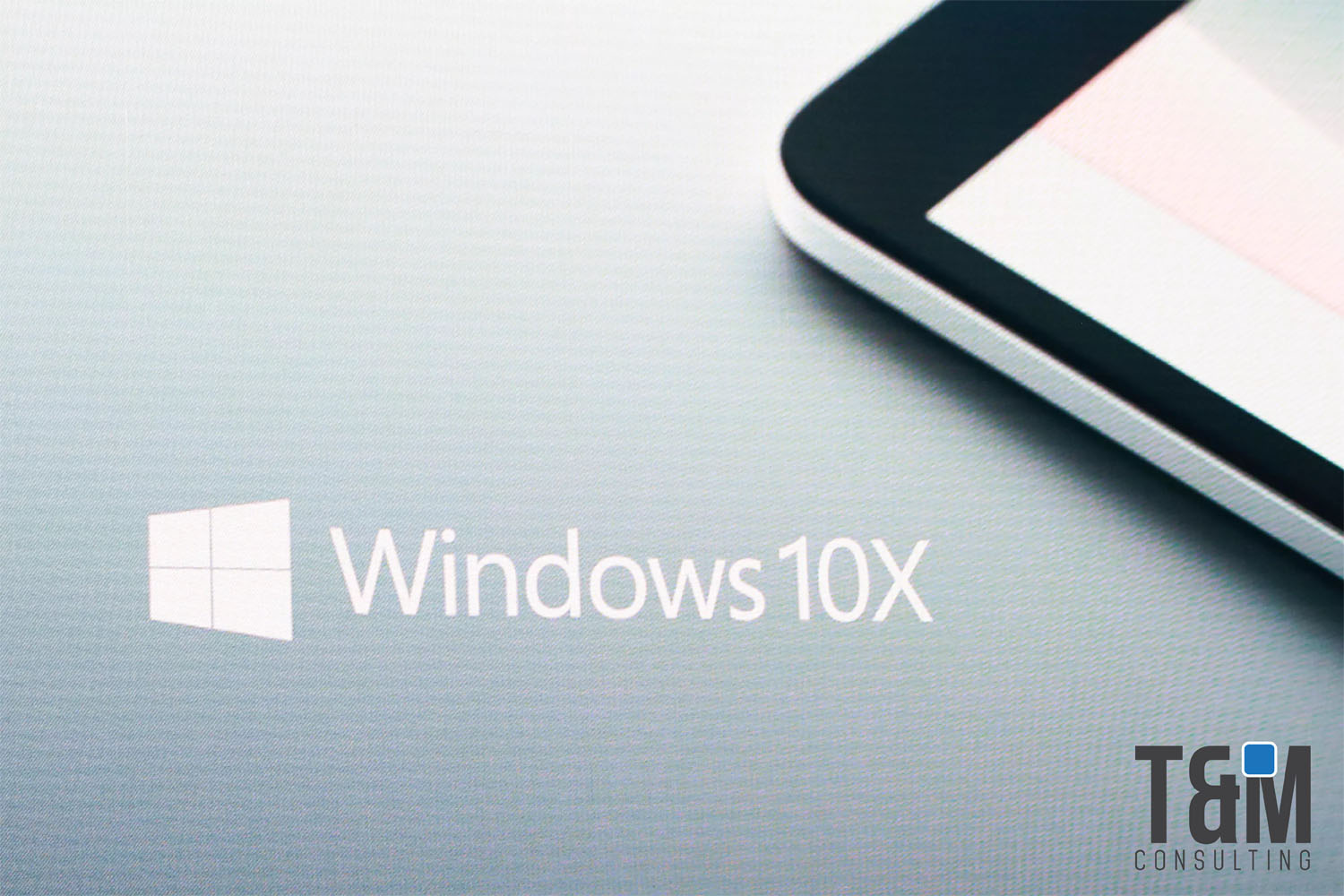
Modern organizations have a constant need to adapt. In a constantly changing environment, which requires continuous innovation in products, services and practices. Your systems must also have the flexibility and speed to keep up.
The technological systems of the past competed in functionality. They were designed to do one or two things very well, and the organization adapted to focus on those one or two activities. When the company needed to change its approach, the structures and processes of the system slowed it down. The more modular systems of today can be much more flexible.
They can quickly adapt to a wide range of connection and configuration possibilities. So look for modular platforms that can accommodate a wide range of plug-and-play capabilities for your business, including those that have not yet been designed or imagined. Develop your own capabilities for the design and implementation of IT systems ready for the future. Which can flex as needed for innovation.
Learn how to use them to quickly reorient your operations while maintaining the quality of user experience your customers and staff expect. For example, your sales and service staff can reconfigure their commitment systems with the customer as the market changes. Your CRM system can lead teams to think more creatively about identifying and approaching customers.
To evaluate the suitability of new systems or IT updates, adopt a minimum viable product (MVP) approach. This approach consists of a “basic” installation, which covers the few functions that are absolutely necessary to demonstrate the value of the system. Send an MVP to a small group of employees or clients, and then request answers from the first users, or better yet, observe them using the system. You will learn what features interest customers, what features they do not have and what features are missing.
The use of artificial intelligence and machine learning is also critical for flexibility and speed. Employees and customers are accustomed to applications and search engines that guess what they are going to write or select. They understand and accept systems that learn their habits. Already, users expect a lot from their business software. A company whose systems understand their behavior and quickly guides them to work more productively will earn their commitment.
Questions for designing with flexibility and speed:
- What aspects of our existing systems are constraining our speed with respect to change?
- Are these aspects necessary? Are there better ways to change direction while managing risks?
- What kinds of unexpected changes have we needed to deal with in the past? What do they suggest about future designs?

